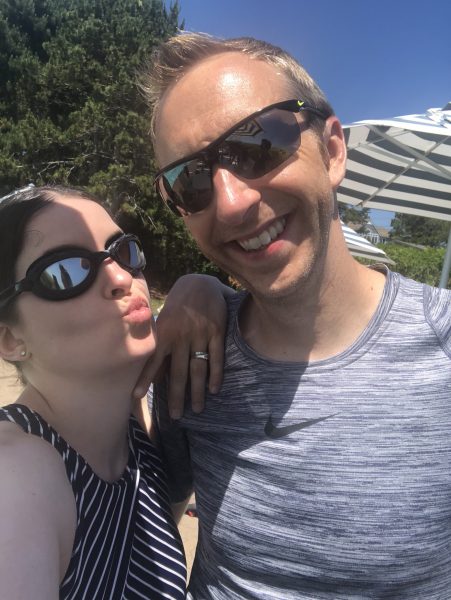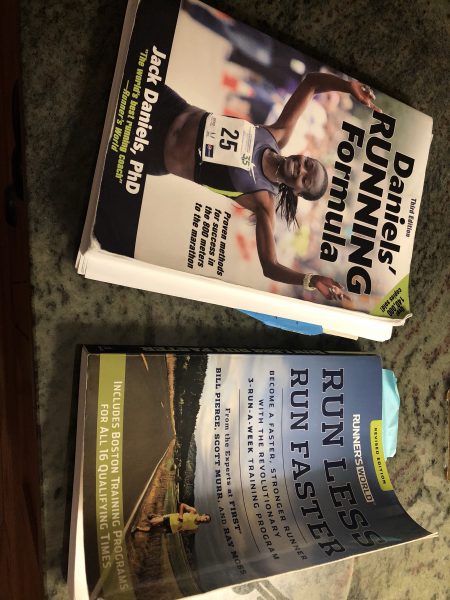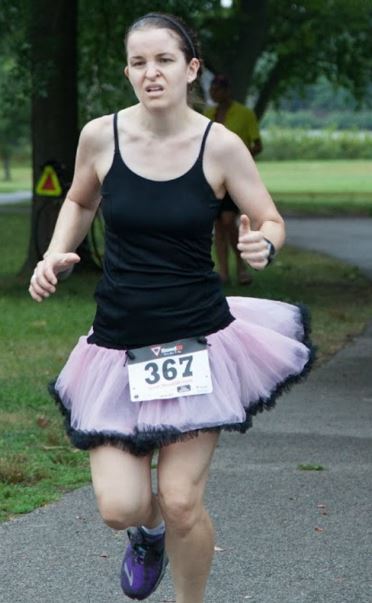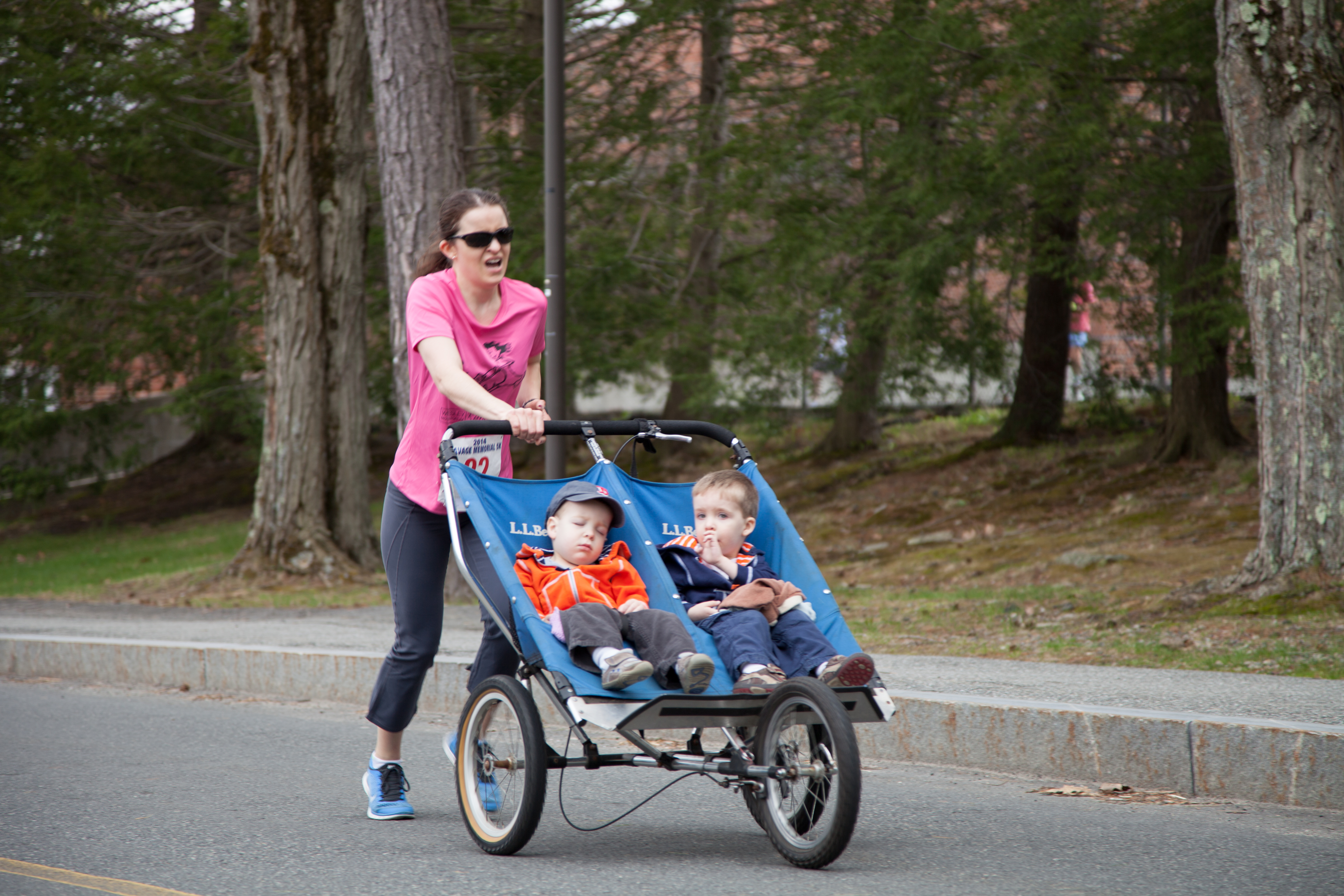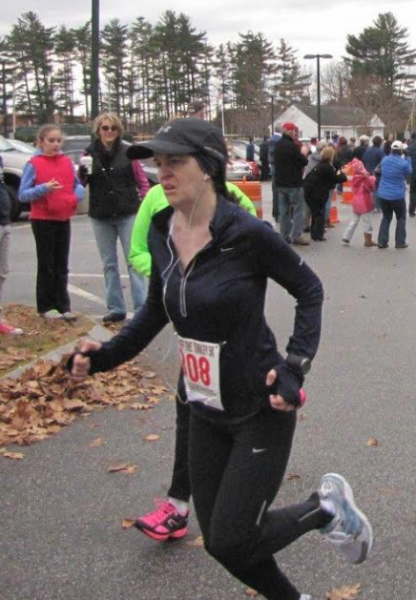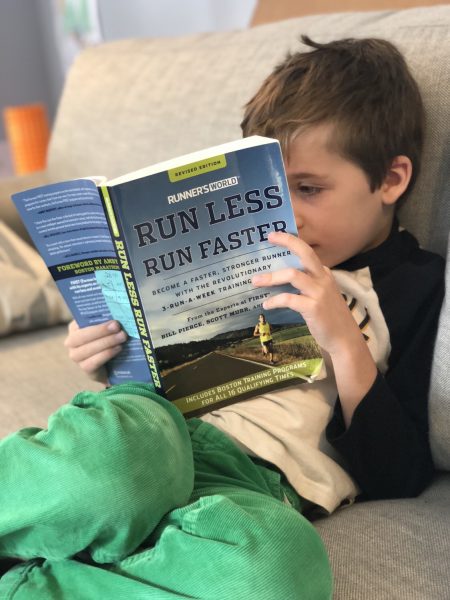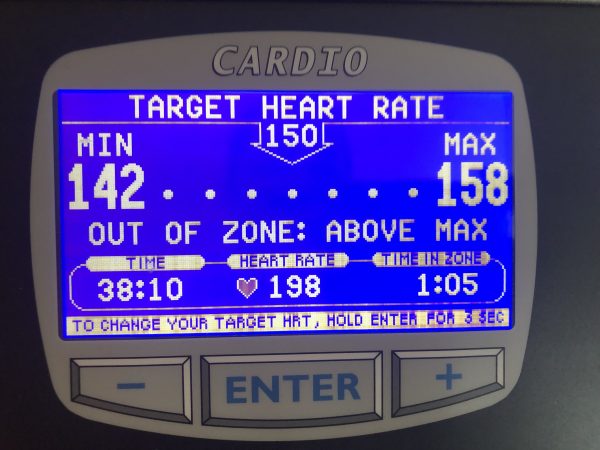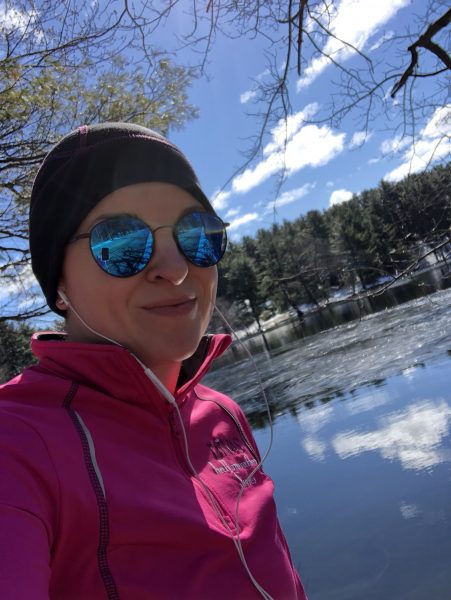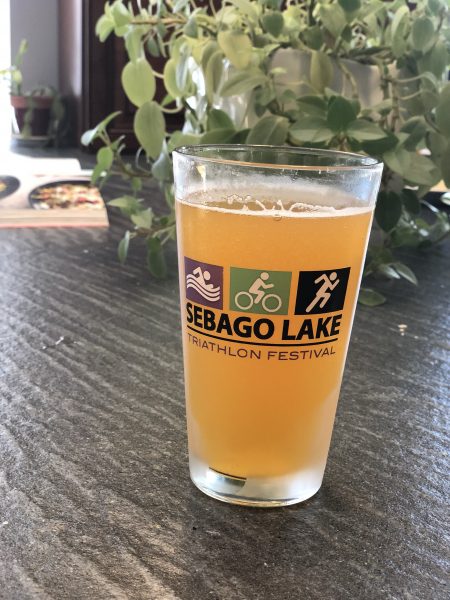It’s over halfway through 2018!
(Past) time to check in on your running goals for the year if you have them.
My goal this year is to run 500 miles this year, which is an average of about 10 miles per week.
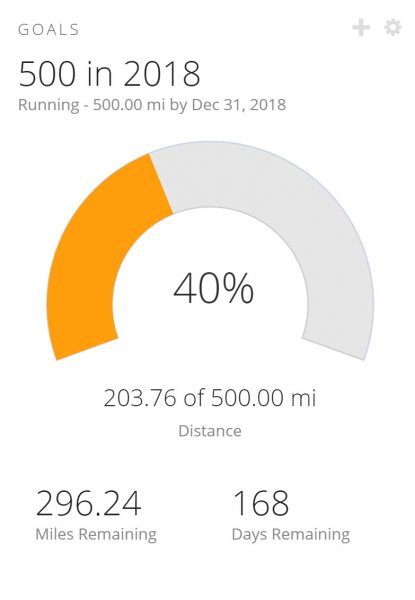
Garmin makes it easy to track – I created a running goal through my Garmin Connect login and it updates daily with my current progress. To make sure my treadmill miles count, I do a manual entry each time I do a treadmill workout (including Precision Running) with the total mileage.
I’m actually right on target to reach my goal! I expected to ramp up slowly in Winter and Spring, and then to have Summer and Fall be heavier mileage weeks as I train for the Maine Half Marathon and then keep running into the Fall season.
My past two weeks have both been 17 mile weeks, and as I get into August and September I’ll be running even more.
Every 15 mile week makes up for half a week off some other month, and every 20 mile week earns me a week of vacation.
So to be at 40% in July feels about what I expected and hoped for at this time in the year.
Half Marathon Training
I’ve done 4 workouts that Greg uploaded for me so far, and it’s been great. They’ve been spot on in that “challenging, but doable” range where I feel ready to complete the next workout, but never like things are incredibly easy.
It’s been really nice letting go of the planning and second-guessing myself, and to have another opinion and try some new things.
My biggest change so far has been switching my workouts around so that my long run is now on Monday and my intervals are on Fridays. I always used to end the week with a long run, assuming that it was better to have two days of recovery after the long run since it’d be a high mileage day.
Greg suggested taking two days after intervals, instead, because the speed workouts may actually benefit more from two days off afterward than the endurance runs. More tearing requires more repairing.
I’m enjoying the switch because intervals are my favorite, and it feels fun to build up to them and have them on Friday. I feel more ready for a long run (mentally and physically) after two days off, and am less likely to feel bored when I start rather than end my week with it.
Audiobook Rec – Little Fires Everywhere
I’ve been listening to an audiobook I borrowed from the library called Little Fires Everywhere by Celeste Ng and I love listening to it on my run. No more trying to line up podcasts or waiting for new episodes of Reply All. One thing I love about the library is that their audiobooks are a curated list. The digital media age has made choosing something to read an overwhelming task, but when I go to my library’s website, I can sort by audiobooks that are available now and then sort again by most popular titles. Reading through the descriptions of the top five or so usually finds me one I’m interested in, and it prevents the type of decision fatigue that can set in when I actually purchase books and have the entire universe available to choose from.
Hope you’re having a great summer and getting outside!
